5 Great Funds for a Down Market
“Everyone has a plan until they get punched in the mouth.” Fearsome former heavyweight champ Mike Tyson wasn’t talking about investors when he dispensed that particular piece of wisdom.

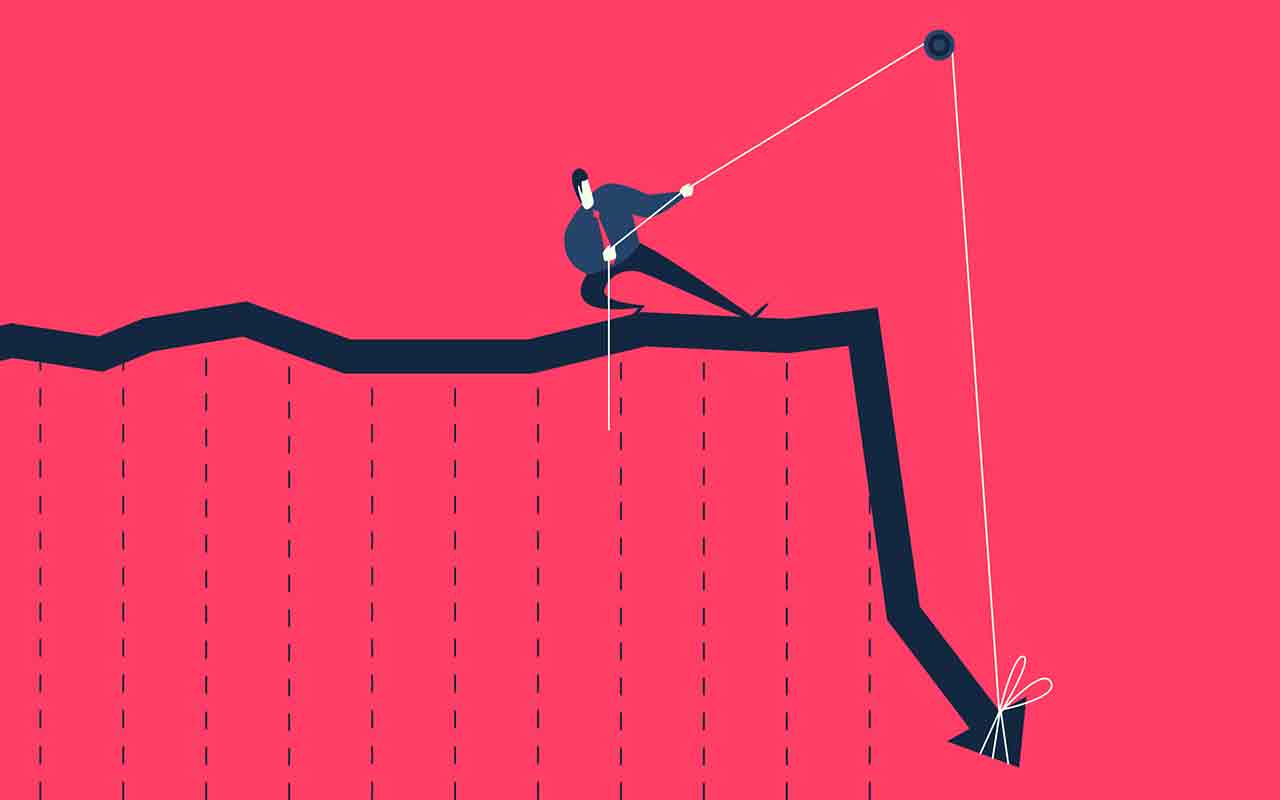
“Everyone has a plan until they get punched in the mouth.” Fearsome former heavyweight champ Mike Tyson wasn’t talking about investors when he dispensed that particular piece of wisdom. But with the walloping portfolios have taken in recent months, he might as well have been. The recent stock market plunge serves as a wake-up call (if not an uppercut to the jaw) for investors.
If major declines in your mutual funds have you reconsidering just how much of a beating you’re willing to take, consider adding a fund that holds up in difficult markets. From the 2007–09 bear market through today’s turmoil, Standard & Poor’s 500-stock index has had five downturns of 15% or more. And, with one exception, the large-company stock funds below held up better than the index on every occasion (Akre Focus didn’t open for business until 2009).
These funds won’t dazzle when the market returns to bull form. But by surrendering less when the market flounders, they’ve each built market-beating track records over the long term.
Prices and other data are through April 17.

Akre Focus
The managers at Akre Focus (symbol, AKREX) are choosy. Chuck Akre, John Neff and Chris Cerrone hunt for businesses that meet their “three-legged stool” standard. The first leg involves finding firms with qualities such as consistently high returns on equity (a measure of profitability) and sustainable competitive advantages over peers. The second prioritizes firms with skilled executives calling the shots. Finally, firms must have a history of wisely reinvesting in the business and the capacity to continue doing so. At last check, only 20 stocks had made the cut.
The managers generate ideas by homing in on long-term themes. The fund took positions in alternative asset managers KKR (KKR) and Brookfield Asset Management (BAM) in recent years when the managers saw a shift in how institutional investors allocate capital, says Cerrone. When few reasonably priced opportunities arise, the managers let cash accumulate, and the fund held a 17% cash stake at the end of 2019. The cash pile shrank to about 10% in March as the managers, wary of further volatility, “spooned, rather than shoveled” money into undervalued stocks in the portfolio. That willingness to hold cash, along with disciplined stock picking, has bolstered returns in rocky markets. Over the past decade, the fund returned an annualized 16.0%—better than 99% of large-company stock funds and well ahead of the S&P 500’s 11.5% return.

Amana Growth
Amana Growth (AMAGX) may seem like a niche fund to some investors, because the investing process starts with a screen to ensure that the portfolio adheres to Islamic principles. But the fund’s track record holds broad appeal. The fund rules out businesses that scripture forbids, such as those involved with alcohol, tobacco and pork processing. Because Islam prohibits borrowing and lending money, financial firms are out, as are heavily indebted businesses, such as those in the telecommunications, energy and utilities sectors.
When the financial crisis struck in 2008, Amana didn’t own a single bank. And as oil prices have plunged during the current market slide, the fund’s aversion to energy firms has boosted returns. Amana has lost 9.5% since stocks peaked in February, compared with 14.8% for the S&P 500. Over the past 15 years, the fund’s 11% annualized return walloped the S&P 500 by 2.4 percentage points, with less volatility.
The trio of managers favor firms that score highly on environmental, social and governance criteria, trade at reasonable valuations, and sport long-term competitive advantages. Amana first invested in Apple (AAPL), its top holding, in 1992. Recently, Apple has shown why investing in cash-rich firms with little debt pays off, says comanager Monem Salam. “When stores close and you have to figure out how to pay employees, it helps to have $100 billion in cash on the balance sheet.”

Jensen Quality Growth
The managers at Jensen Quality Growth (JENSX) starts their stock-picking process with a big universe—companies with a market capitalization (share price times shares outstanding) of $1 billion or more—but narrows things down rapidly. First, firms must have generated 15% return on equity for at least 10 consecutive years. From there, the fund’s six-manager team looks for companies with long-term competitive advantages, strong growth in free cash flow (cash profits left after spending to maintain and expand the business), growth prospects, and shareholder-friendly management. Stocks with high growth projections that trade at a reasonable price make it into the portfolio and stay there for about 5.5 years, on average.
Companies occupying the largest positions in the 30-stock portfolio tend to enjoy robust consumer demand for their products and services regardless of economic conditions, says comanager Eric Schoenstein. Amid the current bear market, big stakes in health care firms Johnson & Johnson (JNJ) and Becton Dickinson (BDX) have helped the fund beat the broad stock market by 4.4 percentage points, he says.

Parnassus Core Equity
Parnassus Core Equity’s (PRBLX) search for high-quality firms revolves around mitigating risk. Managers Todd Ahlsten and Benjamin Allen screen for companies with the financial strength to withstand shocks to their business, favoring highly profitable firms with ample cash, expanding profit margins and a lineup of essential products or services that the managers expect to grow even more relevant over time. In line with Parnassus’s social-responsibility mandate, the fund excludes firms that score poorly on environmental, social and corporate governance measures.
Stocks that make it through the screens are assessed based on best- and worst-case scenarios over the next three to 10 years. Given the current bear, the duo assessed the portfolio’s risk, ranking each of the 40 stocks from 1 (rock-solid) to 4 (high or unknowable risks). The managers are mum on the riskier names they pared back, but said they added to stakes in Clorox (CLX), Mastercard (MA) and Microsoft (MSFT)—firms that can expect long-term, sturdy demand from consumers. Since Ahlsten assumed the lead role in May 2001, the fund has returned 9.1%, against 6.5% for the S&P 500, with 13% less volatility.
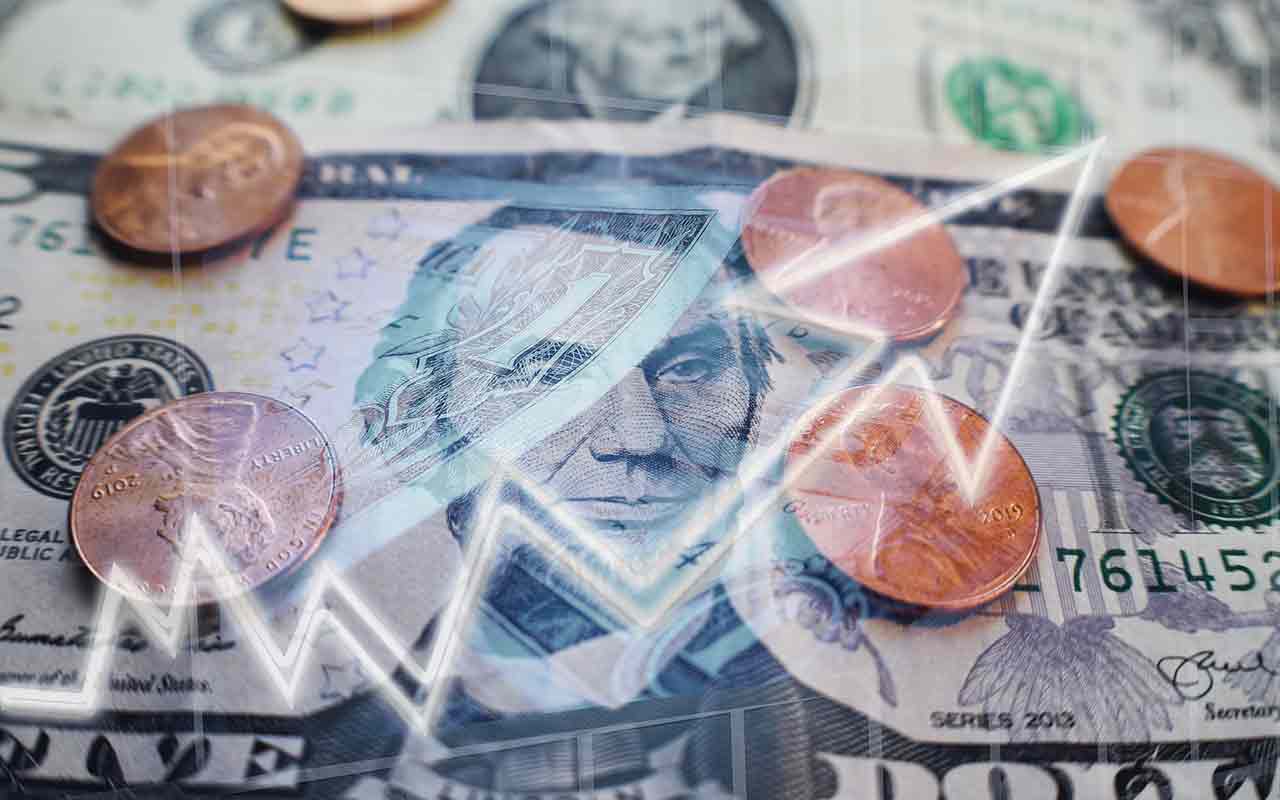
Vanguard Dividend Growth
Since Vanguard Dividend Growth (VDIGX) reopened to new investors in August 2019, investor dollars have poured in. At this pace, Vanguard is likely to close the fund again in the next year or two, says Morningstar analyst Alec Lucas. Investors looking for a smooth ride should get in while they can. The fund held up better than the S&P 500 over the past five major drops, and it has beaten the index in each drawdown of 10% or more since manager Don Kilbride took the helm in 2006.
As the name implies, the fund’s primary strategy is finding firms that can boost their payout. Kilbride aims for stocks with a dividend growth rate at least three percentage points higher than the rate of inflation, though growth rates in his portfolio tend to be higher. He sticks mainly to blue-chips with a record of boosting profits and a demonstrated commitment to returning cash to shareholders. Medical device firm Medtronic (MDT) headlines the 42-stock portfolio, along with Coca-Cola (KO) and UnitedHealth Group (UNH). Over the past 15 years, the fund has been 17% less volatile than the S&P 500. It’s 9.5% return over the period beats the index by 0.9 percentage point.
Profit and prosper with the best of Kiplinger's advice on investing, taxes, retirement, personal finance and much more. Delivered daily. Enter your email in the box and click Sign Me Up.

Ryan joined Kiplinger in the fall of 2013. He wrote and fact-checked stories that appeared in Kiplinger's Personal Finance magazine and on Kiplinger.com. He previously interned for the CBS Evening News investigative team and worked as a copy editor and features columnist at the GW Hatchet. He holds a BA in English and creative writing from George Washington University.
-
 'Humbug!' Say Consumers, Despite Hot GDP: Stock Market Today
'Humbug!' Say Consumers, Despite Hot GDP: Stock Market Today"The stock market is not the economy," they say, but both things are up. Yet one survey says people are still feeling down in the middle of this complex season.
-
 The SEC Is Concerned for Older Investors and Retirement Savers. Here's What You Should Know
The SEC Is Concerned for Older Investors and Retirement Savers. Here's What You Should KnowThe SEC focusing on older investors, retirement and college savers, and private securities. Here's how those changes impact you.
-
 Vesting, Catch-Ups and Roths: The 401(k) Knowledge Quiz
Vesting, Catch-Ups and Roths: The 401(k) Knowledge QuizQuiz Test your understanding of key 401(k) concepts with our quick quiz.
-
 The 24 Cheapest Places To Retire in the US
The 24 Cheapest Places To Retire in the USWhen you're trying to balance a fixed income with an enjoyable retirement, the cost of living is a crucial factor to consider. Is your city the best?
-
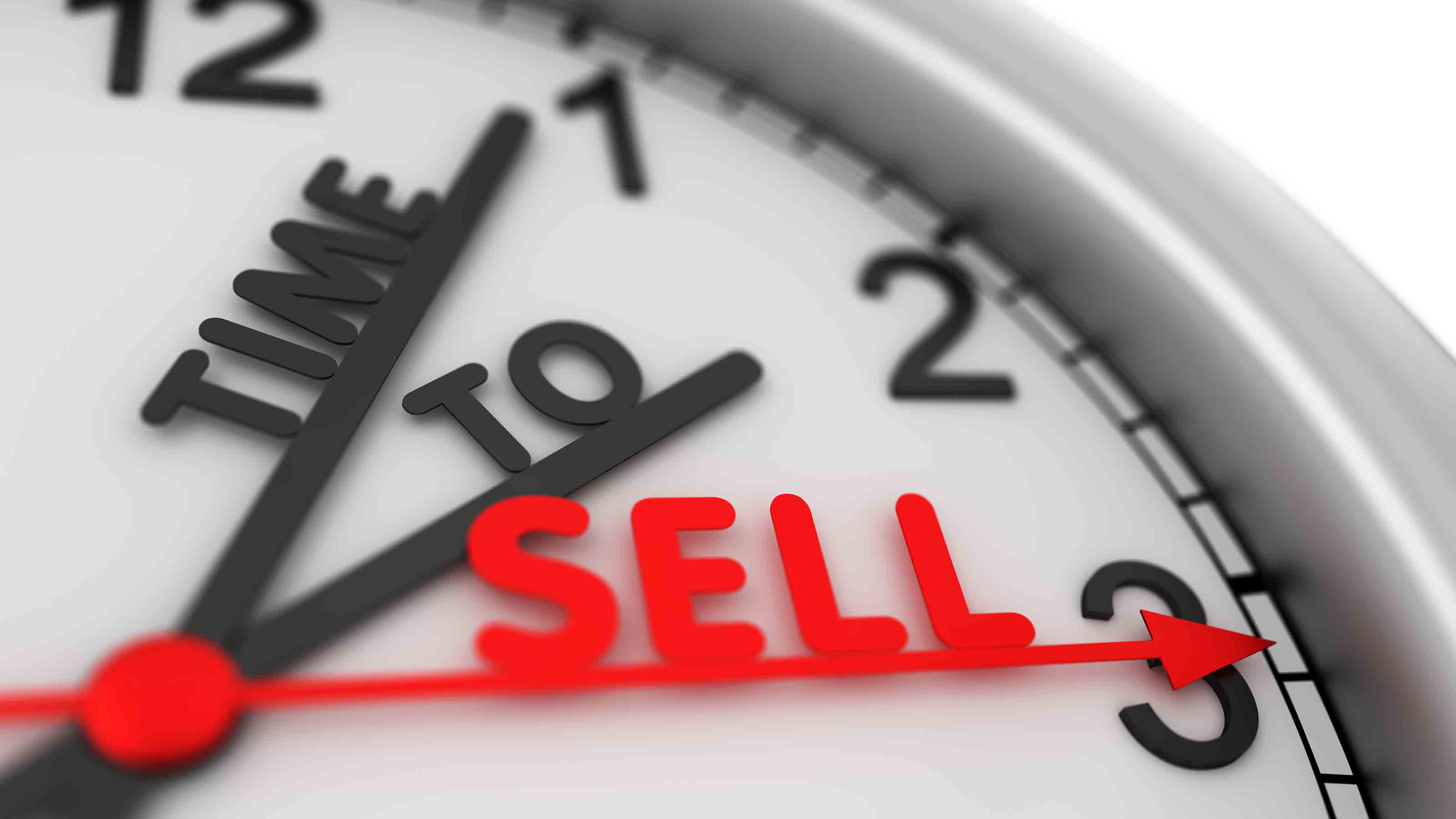 5 Stocks to Sell or Avoid Now
5 Stocks to Sell or Avoid Nowstocks to sell In a difficult market like this, weak positions can get even weaker. Wall Street analysts believe these five stocks should be near the front of your sell list.
-
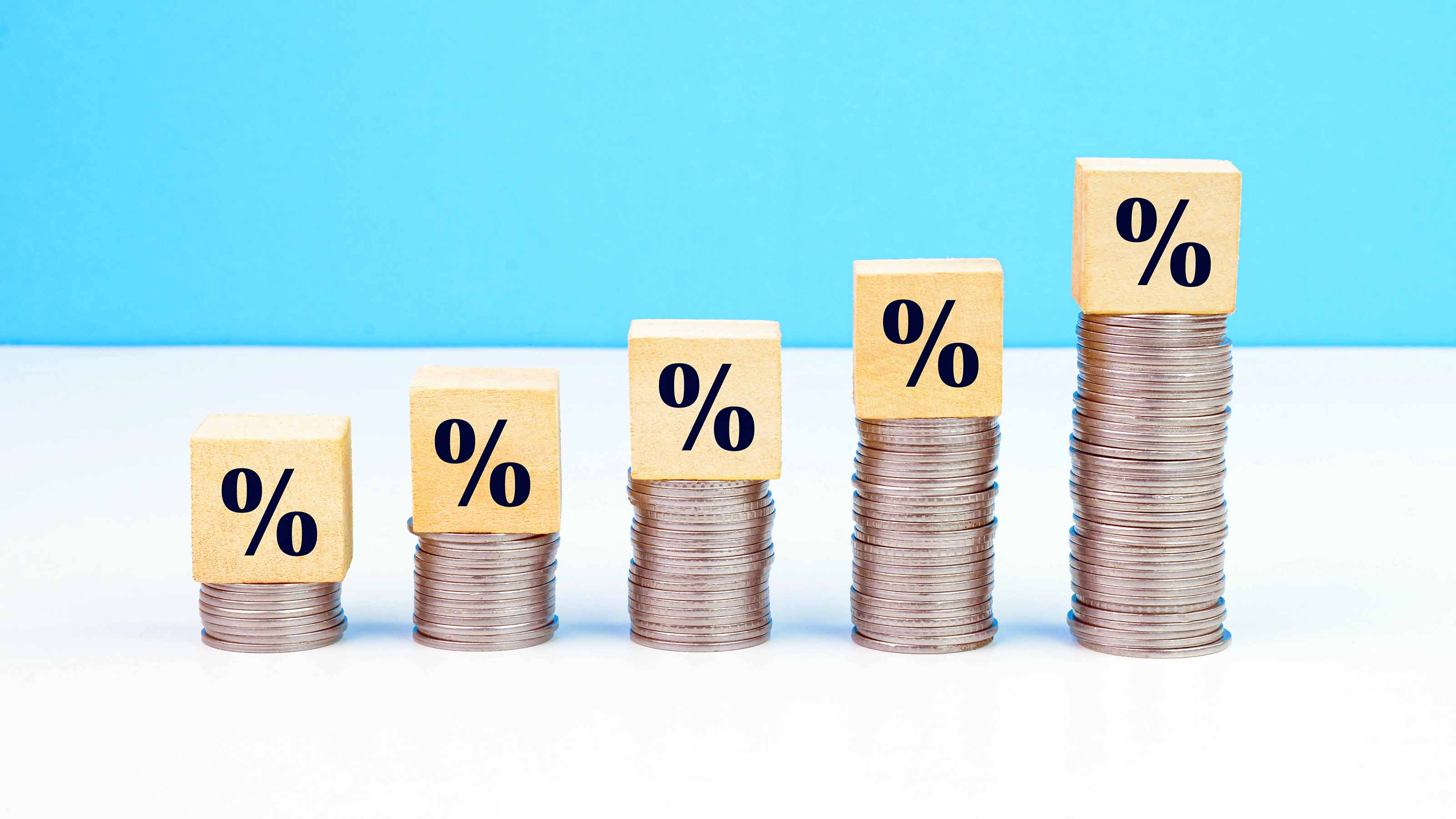 Best Stocks for Rising Interest Rates
Best Stocks for Rising Interest Ratesstocks The Federal Reserve has been aggressive in its rate hiking, and there's a chance it's not done yet. Here are eight of the best stocks for rising interest rates.
-
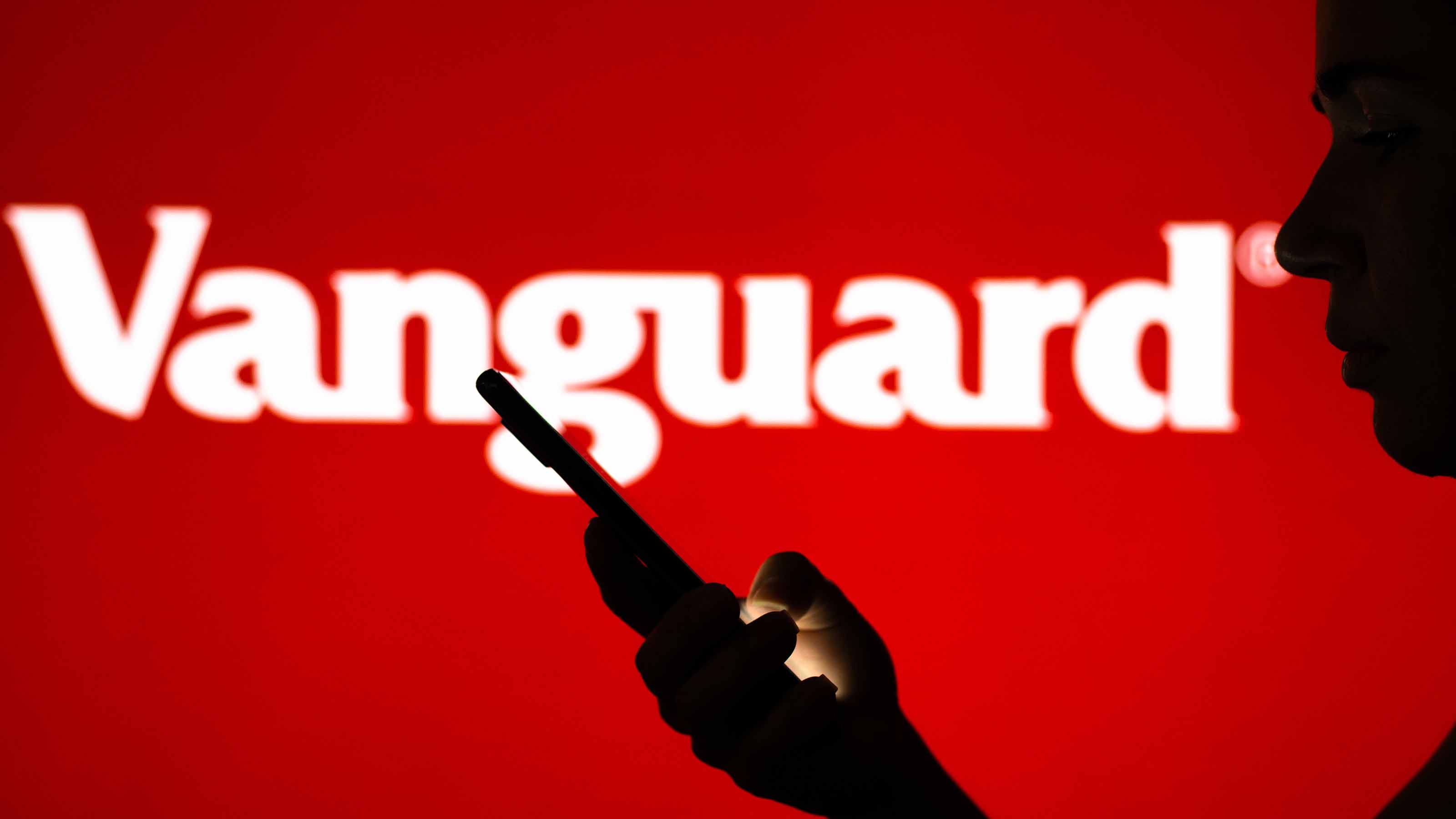 The Five Safest Vanguard Funds to Own in a Volatile Market
The Five Safest Vanguard Funds to Own in a Volatile Marketrecession The safest Vanguard funds can help prepare investors for market tumult but without high fees.
-
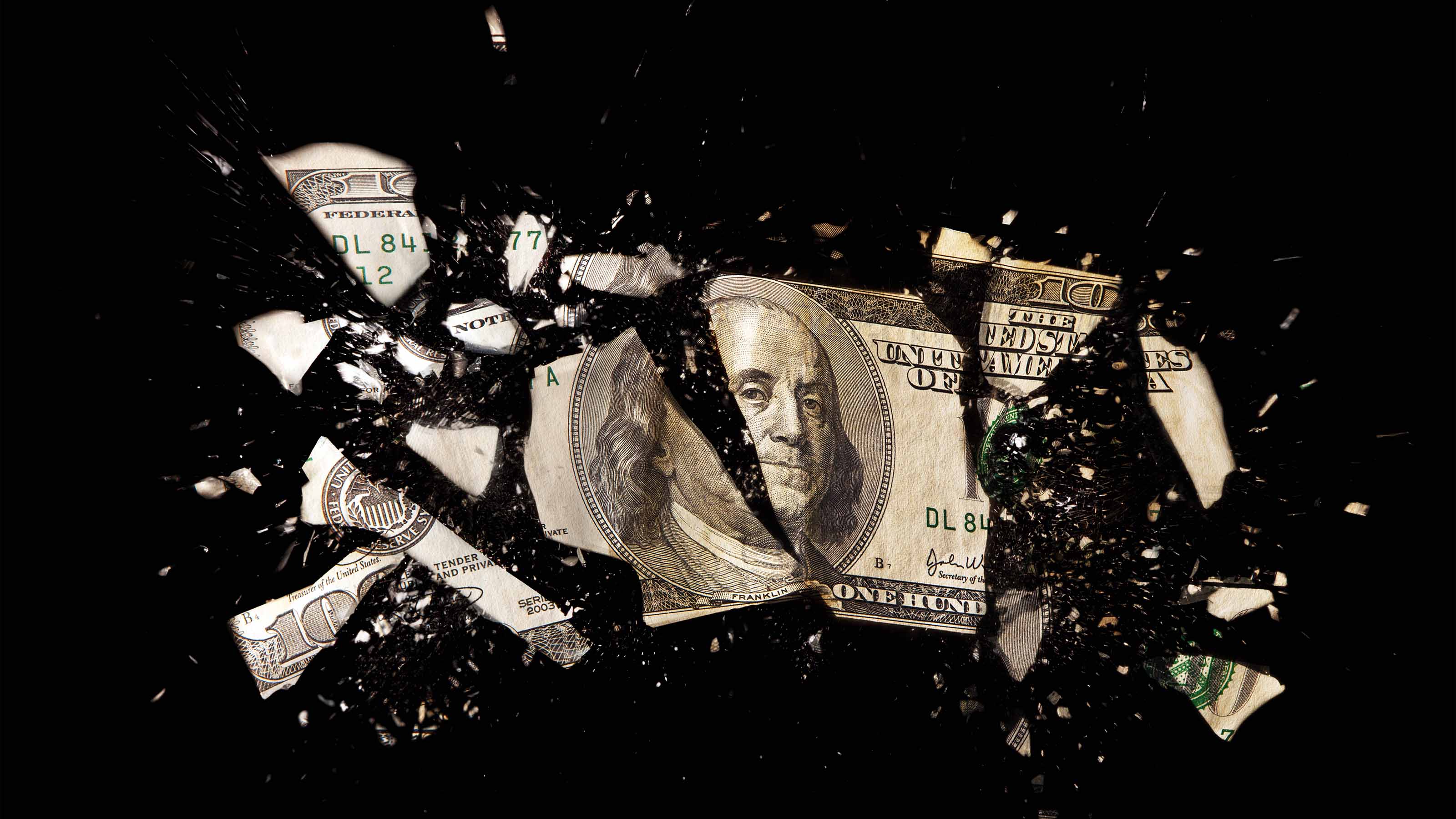 The 5 Best Inflation-Proof Stocks
The 5 Best Inflation-Proof Stocksstocks Higher prices have been a major headache for investors, but these best inflation-proof stocks could help ease the impact.
-
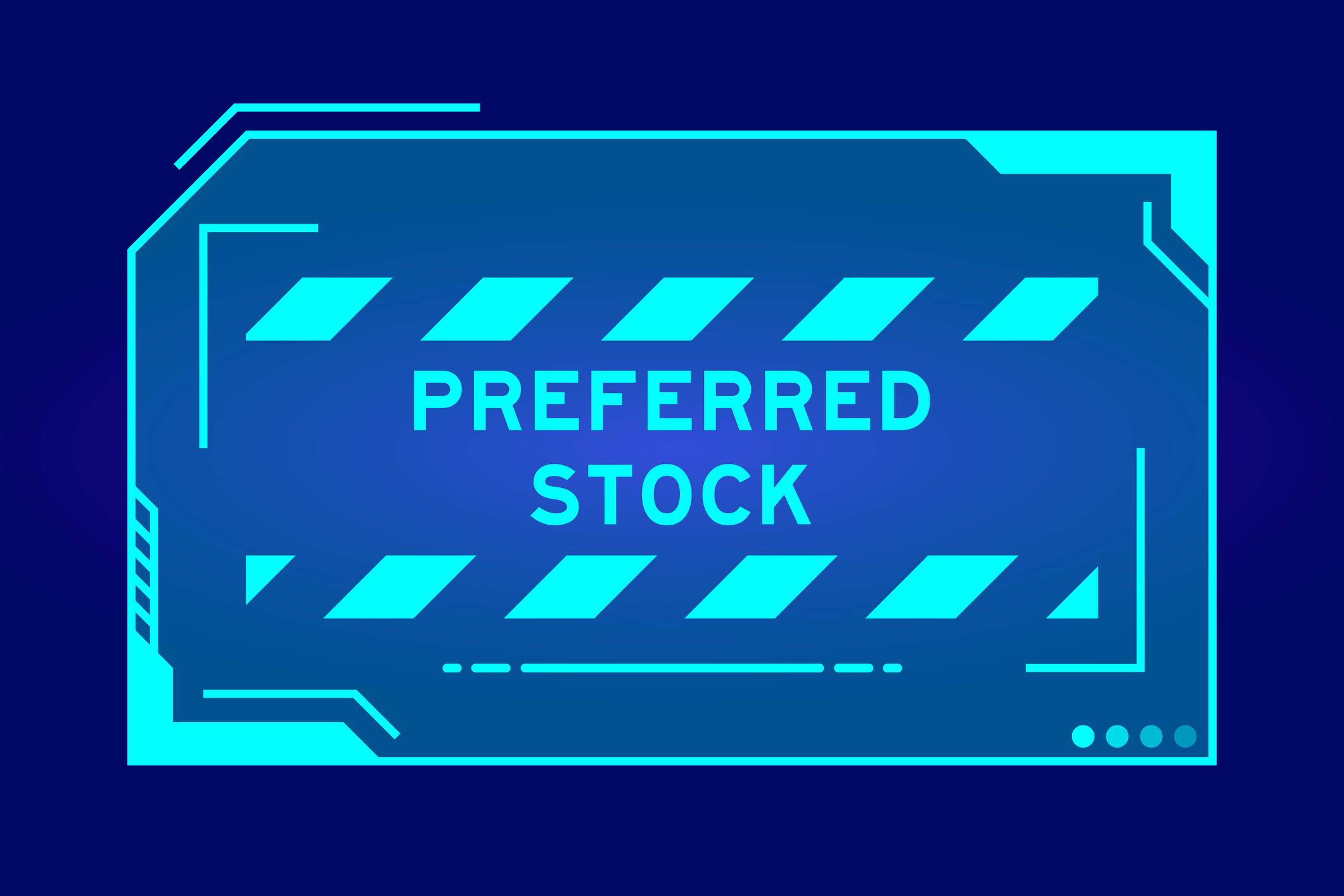 5 of the Best Preferred Stock ETFs for High and Stable Dividends
5 of the Best Preferred Stock ETFs for High and Stable DividendsETFs The best preferred stock ETFs allow you to reduce your risk by investing in baskets of preferred stocks.
-
 What Happens When the Retirement Honeymoon Phase Is Over?
What Happens When the Retirement Honeymoon Phase Is Over?In the early days, all is fun and exciting, but after a while, it may seem to some like they’ve lost as much as they’ve gained. What then?
-
 5 Top-Rated Housing Stocks With Long-Term Growth Potential
5 Top-Rated Housing Stocks With Long-Term Growth Potentialstocks Housing stocks have struggled as a red-hot market cools, but these Buy-rated picks could be worth a closer look.
